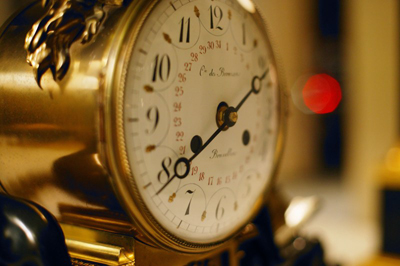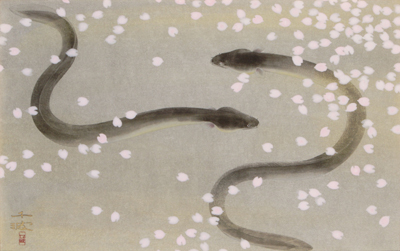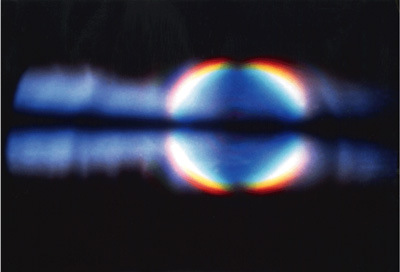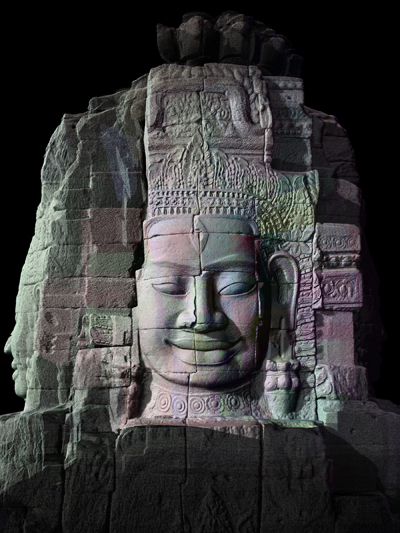
© Tomo Yun (yunphoto.net).
Why biological clocks run on time
Mechanism discovered for temperature-independent circadian rhythm
Organisms from bacteria to humans maintain a 24-hour rhythm within their bodies. However, the reason why this circadian rhythm remains constant is still not properly understood. However, Kunihiko Kaneko and Tetsuhiro Hatakeyama of the Graduate School of Arts and Science have discovered an extremely simple mechanism that can explain why the circadian rhythm remains constant.
First published: 2012/8/15. Article link

© Unayoshi.
Same time, same place, on the night of the new moon
Todai researchers locate the spawning area of the Japanese eel
The life of eels and their spawning in particular had long been shrouded in mystery, a mystery that a University of Tokyo team set out to solve through an ambitious ocean research project starting in 1973. After sampling for eel larvae during multiple expeditions in the western North Pacific over almost 40 years, the first collections of Japanese eel eggs were made in May and June of 2009 and 2011, allowing the team to successfully determine the exact location of spawning sites of this important species.
First published: 2011/12/01. Article link

© ISSP & SRRO.
Seeing the unseen
Synchrotron radiation opens up the nanoworld
SPring-8 is a large synchrotron radiation facility, which delivers the most powerful synchrotron light currently available. Using this facility to obtain the world's brightest soft X-rays has shed light on the nanoworld, and opened up timescales as short as one 2-billionth of a second, until now it has been impossible to observe. The University of Tokyo’s outstation is now opening up new possibilities in nanotechnology.
First published: 2012/11/21. Article link

© Ikeuchi Lab.
Permanence in an impermanent world
Cyber-archaeology brings the past to life and preserves the present for tomorrow
The latest 3D digital modeling technology is being used to solve the mysteries of ancient civilizations and digitally resurrect past architectural splendors. The Ikeuchi research group at the Institute of Industrial Science is using cyber-archaeology techniques to recreate past cultural artifacts and monuments for the world to view.
First published: 2012/02/15. Article link



